A thin stone facade, often referred to as thin stone veneer, is a versatile and attractive option for enhancing the appearance and value of a home or building. This type of facade offers the aesthetic appeal of natural stone while being lighter, more cost-effective, and easier to install than traditional full-thickness stone. One of the key advantages of using thin stone facade is its ability to transform the look of a structure, creating a beautiful and lasting impression.
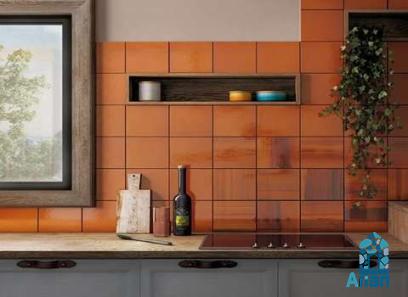
.
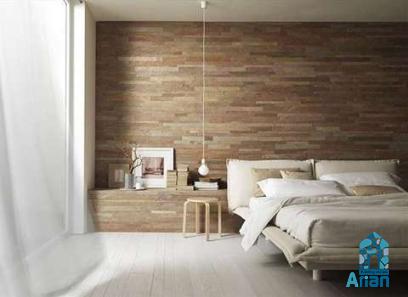 Whether used on the exterior or interior, thin stone veneer adds texture, depth, and character to any space. With a wide range of color, shape, and texture options available, it is easy to find a style that complements the overall design and architecture of a property. In addition to its aesthetic benefits, thin stone facade also offers practical advantages. Its lightweight nature makes it easier to handle and install, reducing labor and transportation costs. Despite being thinner than traditional stone, thin stone veneer is durable and long-lasting, with the ability to withstand the elements and maintain its appearance over time. Another advantage of using thin stone facade is its versatility in application. It can be used to create a variety of design features, such as accent walls, fireplaces, columns, and facades. Whether used to highlight a specific area or cover an entire surface, thin stone veneer provides a high-end look that adds value and appeal to a property. For homeowners looking to enhance their property’s curb appeal, a thin stone facade can significantly increase the resale value of their home. The visual impact of natural stone creates a sense of luxury and sophistication that can attract potential buyers and set the property apart from others on the market. Additionally, the durability and low maintenance of thin stone veneer make it a desirable feature for prospective homeowners. Architects and designers also appreciate the design flexibility that thin stone facade offers. Its slim profile allows for easy integration with other materials, such as wood, metal, or glass, creating a seamless and cohesive design aesthetic.
Whether used on the exterior or interior, thin stone veneer adds texture, depth, and character to any space. With a wide range of color, shape, and texture options available, it is easy to find a style that complements the overall design and architecture of a property. In addition to its aesthetic benefits, thin stone facade also offers practical advantages. Its lightweight nature makes it easier to handle and install, reducing labor and transportation costs. Despite being thinner than traditional stone, thin stone veneer is durable and long-lasting, with the ability to withstand the elements and maintain its appearance over time. Another advantage of using thin stone facade is its versatility in application. It can be used to create a variety of design features, such as accent walls, fireplaces, columns, and facades. Whether used to highlight a specific area or cover an entire surface, thin stone veneer provides a high-end look that adds value and appeal to a property. For homeowners looking to enhance their property’s curb appeal, a thin stone facade can significantly increase the resale value of their home. The visual impact of natural stone creates a sense of luxury and sophistication that can attract potential buyers and set the property apart from others on the market. Additionally, the durability and low maintenance of thin stone veneer make it a desirable feature for prospective homeowners. Architects and designers also appreciate the design flexibility that thin stone facade offers. Its slim profile allows for easy integration with other materials, such as wood, metal, or glass, creating a seamless and cohesive design aesthetic.
..
 The ability to customize the look of a space with different stone sizes, shapes, and colors gives designers the freedom to create unique and visually striking environments. Furthermore, thin stone facade is an eco-friendly choice for environmentally conscious consumers. The manufacturing process of thin stone veneer requires less energy and resources compared to traditional stone, making it a sustainable option for those looking to reduce their environmental footprint. Additionally, the durability of thin stone veneer ensures that it will last for years to come, reducing the need for replacement and further minimizing waste. In conclusion, thin stone facade is a versatile, cost-effective, and visually appealing option for enhancing the appearance of a home or building. Its ability to replicate the look of natural stone while offering practical benefits makes it an excellent choice for a wide range of applications. Whether used for its aesthetic appeal, durability, or sustainability, thin stone veneer is a worthwhile investment that can transform any space into a stunning and timeless work of art. In addition to its many advantages, thin stone facade offers a seamless blend of traditional craftsmanship with modern convenience. The process of creating thin stone veneer involves cutting natural stone into thin slices, typically around 1 inch thick, using advanced machinery and techniques. This precision cutting allows for a consistent thickness and shape, ensuring a clean and uniform installation. The installation of thin stone facade is relatively straightforward and can be completed by experienced professionals or skilled DIY enthusiasts. The lightweight nature of the material makes it easy to handle and transport, reducing the need for heavy machinery and equipment. Thin stone veneer is typically installed using a thin-set mortar or adhesive, which is applied directly to the surface of the substrate. The stones are then placed and pressed into the mortar, creating a secure and durable bond.
The ability to customize the look of a space with different stone sizes, shapes, and colors gives designers the freedom to create unique and visually striking environments. Furthermore, thin stone facade is an eco-friendly choice for environmentally conscious consumers. The manufacturing process of thin stone veneer requires less energy and resources compared to traditional stone, making it a sustainable option for those looking to reduce their environmental footprint. Additionally, the durability of thin stone veneer ensures that it will last for years to come, reducing the need for replacement and further minimizing waste. In conclusion, thin stone facade is a versatile, cost-effective, and visually appealing option for enhancing the appearance of a home or building. Its ability to replicate the look of natural stone while offering practical benefits makes it an excellent choice for a wide range of applications. Whether used for its aesthetic appeal, durability, or sustainability, thin stone veneer is a worthwhile investment that can transform any space into a stunning and timeless work of art. In addition to its many advantages, thin stone facade offers a seamless blend of traditional craftsmanship with modern convenience. The process of creating thin stone veneer involves cutting natural stone into thin slices, typically around 1 inch thick, using advanced machinery and techniques. This precision cutting allows for a consistent thickness and shape, ensuring a clean and uniform installation. The installation of thin stone facade is relatively straightforward and can be completed by experienced professionals or skilled DIY enthusiasts. The lightweight nature of the material makes it easy to handle and transport, reducing the need for heavy machinery and equipment. Thin stone veneer is typically installed using a thin-set mortar or adhesive, which is applied directly to the surface of the substrate. The stones are then placed and pressed into the mortar, creating a secure and durable bond.
…
 The flexibility of thin stone facade makes it suitable for a wide range of substrates, including concrete, wood, metal, and drywall. This versatility allows for creative and unique applications, such as adding a stone accent wall in a living room, creating a stone fireplace surround, or updating the exterior facade of a building. The ability to adapt thin stone veneer to different surfaces and designs makes it a versatile and customizable option for a variety of projects. When it comes to maintenance, thin stone facade requires minimal care to keep it looking its best. Regular cleaning with a mild detergent and water is usually sufficient to remove dirt, dust, and debris that may accumulate over time. Additionally, applying a protective sealant to the surface of the stones can help enhance their natural color and prevent staining from water or other substances. One of the key considerations when choosing thin stone facade is selecting the right type of stone for the desired look and application. There are many different types of natural stone available for thin stone veneer, including limestone, sandstone, slate, and granite, each with its unique color variations and textures. The choice of stone will depend on the design aesthetic, budget, and environmental factors of the project. For those looking to achieve a rustic and traditional look, limestone or sandstone may be the preferred choice, with their earthy tones and natural textures. On the other hand, slate or granite can add a contemporary and modern flair to a space, with their sleek surfaces and clean lines. The wide range of options available allows for endless design possibilities and customization to suit any style or preference. In conclusion, thin stone facade is a versatile, durable, and visually stunning option for enhancing the appearance of any home or building. Its ability to replicate the look of natural stone while offering practical benefits makes it an ideal choice for a wide range of applications. Whether used for its aesthetic appeal, ease of installation, or environmental sustainability, thin stone veneer is a worthwhile investment that can elevate the design and value of any property.
The flexibility of thin stone facade makes it suitable for a wide range of substrates, including concrete, wood, metal, and drywall. This versatility allows for creative and unique applications, such as adding a stone accent wall in a living room, creating a stone fireplace surround, or updating the exterior facade of a building. The ability to adapt thin stone veneer to different surfaces and designs makes it a versatile and customizable option for a variety of projects. When it comes to maintenance, thin stone facade requires minimal care to keep it looking its best. Regular cleaning with a mild detergent and water is usually sufficient to remove dirt, dust, and debris that may accumulate over time. Additionally, applying a protective sealant to the surface of the stones can help enhance their natural color and prevent staining from water or other substances. One of the key considerations when choosing thin stone facade is selecting the right type of stone for the desired look and application. There are many different types of natural stone available for thin stone veneer, including limestone, sandstone, slate, and granite, each with its unique color variations and textures. The choice of stone will depend on the design aesthetic, budget, and environmental factors of the project. For those looking to achieve a rustic and traditional look, limestone or sandstone may be the preferred choice, with their earthy tones and natural textures. On the other hand, slate or granite can add a contemporary and modern flair to a space, with their sleek surfaces and clean lines. The wide range of options available allows for endless design possibilities and customization to suit any style or preference. In conclusion, thin stone facade is a versatile, durable, and visually stunning option for enhancing the appearance of any home or building. Its ability to replicate the look of natural stone while offering practical benefits makes it an ideal choice for a wide range of applications. Whether used for its aesthetic appeal, ease of installation, or environmental sustainability, thin stone veneer is a worthwhile investment that can elevate the design and value of any property.
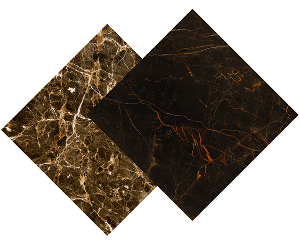
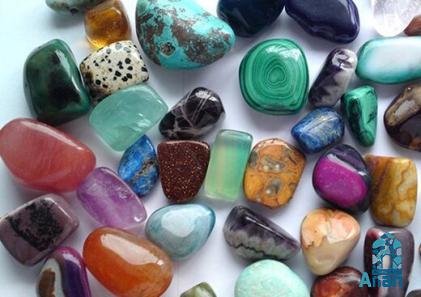

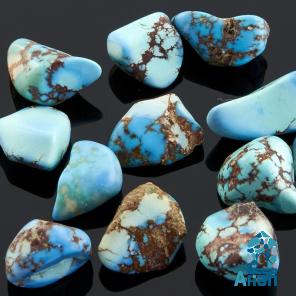
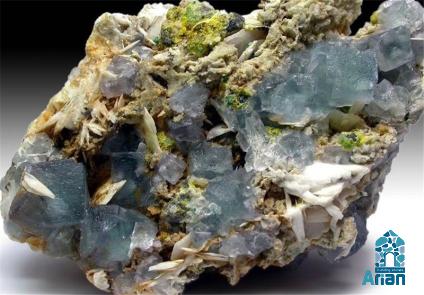
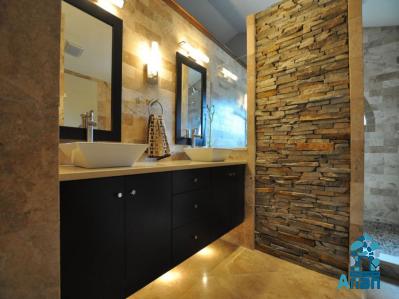
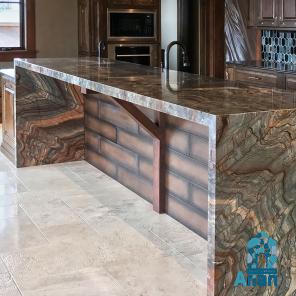
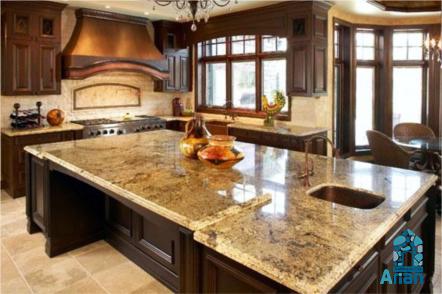

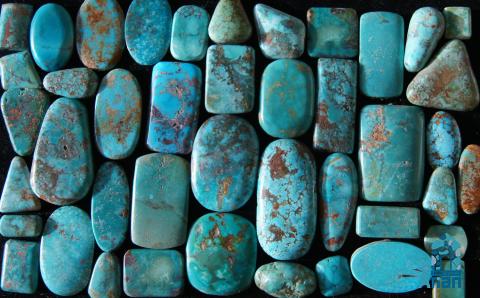
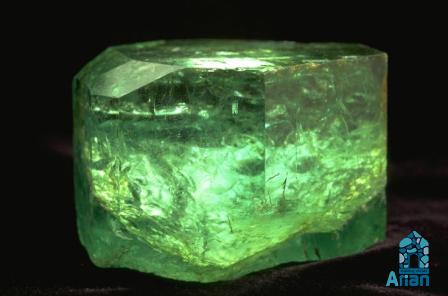
Your comment submitted.